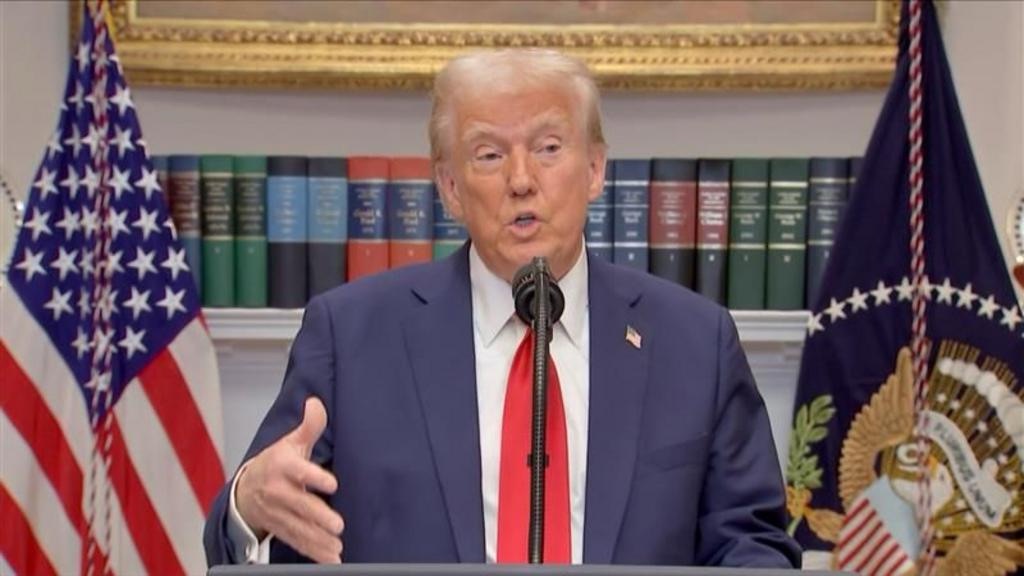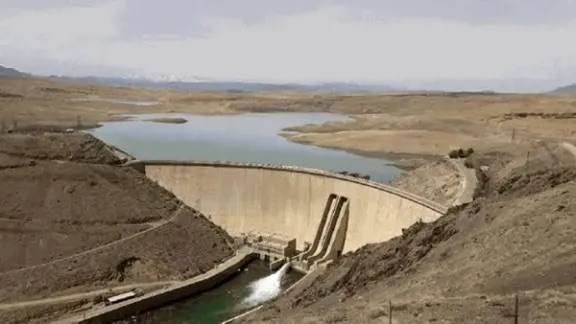
In a new development on the international stage, former U.S. President Donald Trump has announced his intention to reinstate the “maximum pressure” policy if he returns to the White House, setting a series of conditions that Iran must comply with to avoid facing further sanctions and stringent measures.
According to informed sources, the U.S. conditions include a complete suspension of Iran’s nuclear program, cutting ties with its regional proxies in the Middle East, and recognizing Israel—a demand that the Iranian regime has consistently rejected publicly.
These statements come amid rising tensions in the region, as Iran continues to support armed groups in Iraq, Syria, Lebanon, and Yemen, which Washington considers a threat to regional stability and the interests of the U.S. and its allies.
So far, there has been no official response from Tehran, but past positions indicate its firm rejection of any conditions that interfere with its regional policies or its stance on the Palestinian issue.
It is worth noting that Trump’s previous “maximum pressure” policy included unprecedented economic sanctions on Iran, significantly impacting its economy. However, the Biden administration partially shifted this approach, opting for diplomatic efforts to revive the nuclear agreement.
With these new developments, questions remain about Iran’s ability to handle such threats and whether the region is heading toward a new escalation that could reshape the political and security landscape.


